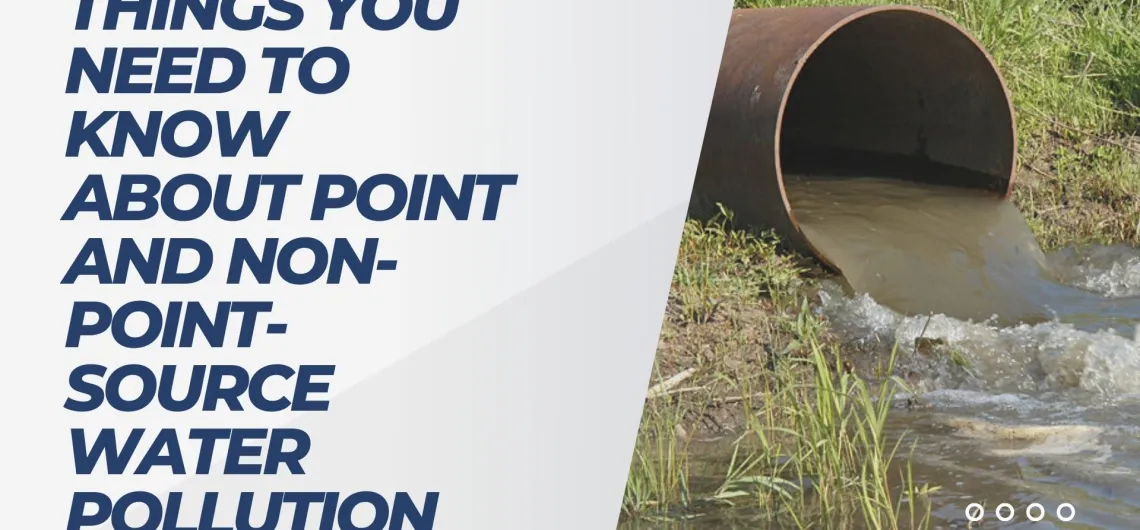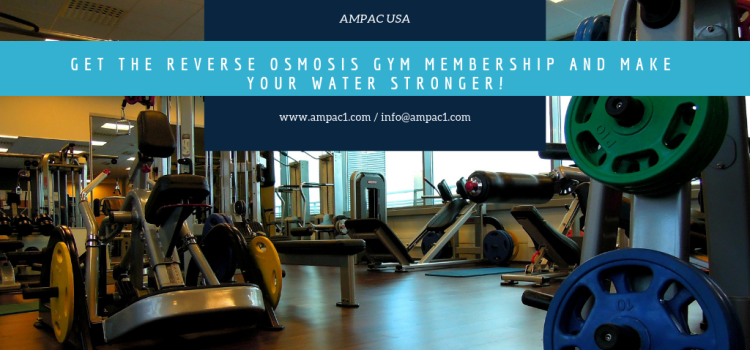When runoff from agricultural activities is channeled into a draining ditch, the runoff can be treated to ensure the removal of harmful nutrients. Water pollution can come from one source or multiple sources. The United States Clean Water Act (1972) made it clear that it’s illegal to discharge any pollutant from a point source into navigable waters if you don’t have a permit. So, what are point and non-point sources of water pollution? Read on to know.
What is Point Source Water Pollution?
According to the Environmental Protection Agency or EPA, a point source is described as “any single identifiable source of pollution from which pollutants are discharged, such as a pipe [or] ditch.” The EPA’s National Pollutant Discharge Elimination System (NPDES) is responsible for issuing permits to control such discharges. Effluent from point sources needs to be treated with up-to-date technologies to receive such permits. Sometimes, a heightened set of controls may be used to protect certain water bodies if needed.
Individual residences connected to a municipal system, having their own septic system, and no discharge to surface water are exempt from the NPDES permit requirement.
Municipal, industrial, and other sites need to obtain permits if they discharge directly into surface waters. The acceptable levels of discharged nutrients vary according to local and national rules. The regulations are becoming stricter with time.
What is Nonpoint-Source Water Pollution?
Non-point source pollution is stormwater runoff which picks up contaminants from diffuse sources like buildings, pavements, and agricultural lands during its journey toward aquifers or surface water bodies.
According to the National Ocean Service, nonpoint-source pollution is defined as “the greatest threat to coastal waters in the United States.” The key reason for that is the nutrient pollution in stormwater runoff which usually kills aquatic ecosystems by fueling harmful algal blooms. Still, the NPDES doesn’t regulate it.
How to Treat Nonpoint-Source Water Pollution?
As the non-point source of water pollution threatens human health, ecosystems, and economies by fueling toxic algal blooms, a simple solution that farmers can adopt is to dig ditches along natural drainage paths in their fields. They can also opt for constructing drains to consolidate runoff. Doing so will effectively convert non-point water pollution sources into point sources that can be treated.
The Safe Drinking Water Act can also be expanded to offer nonpoint-source pollution protection to more rural water sources. It is also a smart move to educate the citizenry about taking action under existing law.
Get Pure Water Whenever You Need with AMPAC USA
If you want pure water that removes all point and non-point source water pollution, you should consider the products offered by AMPAC USA.
AMPAC USA is a leading manufacturer and distributor of high-quality American-made water treatment systems. The company was founded in 1990. AMPAC USA started as a manufacturer of water purification equipment. Over the years, the business has transitioned into a large-scale manufacturer producing all types of major purification equipment and turnkey project-based water infrastructure installations.
AMPAC USA is particularly noted for its superior technical services. We understand harsh operating marine conditions. We use military and marine-grade certified components in off-shore and on-shore reverse osmosis watermakers. We build easy-to-operate, heavy-duty, robust, and reliable equipment. Without compromise, AMPAC USA custom-engineers, designs, fabricates, and manufactures systems to suit the toughest water treatment conditions anywhere on the planet.
To know more about us, click here or call us on 909-548-4900.
Reference:
https://www.fluencecorp.com/what-are-point-and-nonpoint-source-water-pollution/









